Projects
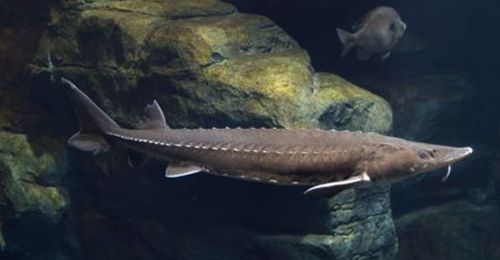 Lake Sturgeon
Lake Sturgeon
(Acipenser fulvescens)
Many lake sturgeon populations in the Great Lakes are far below their historic population size and we are conducting several genetic projects to better manage this species. We are collecting genomic data on lake sturgeon spawning populations throughout the Great Lakes to refine previously-defined management units. (Funding: Great Lakes Fishery Trust)
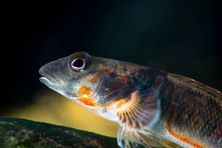 Candy Darter
Candy Darter
(Etheostoma osburni)
The candy darter has been recently listed as Endangered under the Endangered Species
Act. The biggest threat to the species is hybridization with the introduced variegate
darter (
E. variatum). We are using genetics to monitor the extent of hybridization
and to asses the population structure and diversity of remaining pure candy darter
populations. (Funding: U.S. Fish and Wildlife Service)
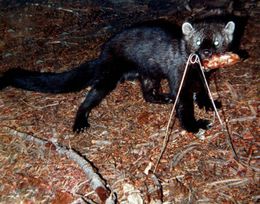 Fisher
Fisher
(Martes pennanti)
Fisher were extirpated in the state of West Virginia. In the 1980s, individuals from New Hampshire were introduced into West Virginia. We are working with trappers to assess the genetic diversity of this reintroduced population and to evaluate landscape factors that affect the movement of individuals throughout the region. (Funding: West Virginia Division of Natural Resources)
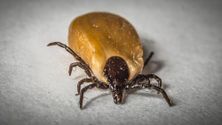 Ticks and Lyme Disease
Ticks and Lyme Disease
As the prevalence of Lyme disease continues to increase, it becomes even more important to understand how the disease spreads and identify factors that can decrease the rate of spread. We are using genetics to analyze the bloodmeals of engorged ticks to identify the vectors of this disease. (Funding: U.S. Department of Defense)
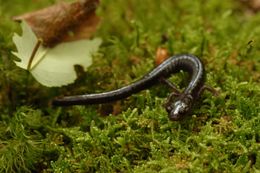 Cheat Mountain salamander
Cheat Mountain salamander
(Plethodon nettingi)
The Cheat Mountain salamander is a species listed as Threatened under the Endangered Species Act. We are collecting genomic data on populations in West Virginia to assess genetic diversity within and between populations. (Funding: U.S. Fish and Wildlife Service)
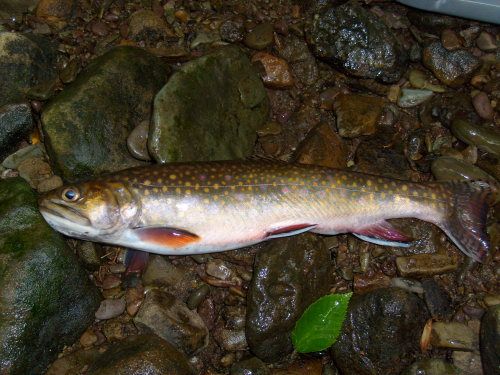 Brook trout
Brook trout
(Salvelinus fontinalis)
One of our brook trout studies focuses on the Upper Shavers Fork near Snowshoe, WV.
Although the area is remote, a railroad created in the early 1900’s to support
the forestry industry caused many of the headwater streams to become fragmented
from the mainstem stream section through the implementation of culverts. The focus
of this project is to determine if replacement/retrofitting current culverts restores
gene flow. (Funding: WVU Faculty Senate Research Grant)
Stocking also occurs throughout the state of West Virginia and efforts are made to use only the native strain of brook trout. Genetic monitoring of populations occurs to make sure native strain trout are used during stocking and to monitor the genetic diversity of brook trout populations in the state. (Funding: WV Division of Natural Resources)
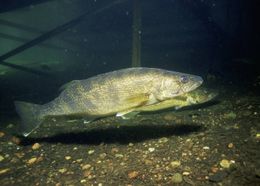 Walleye
Walleye
(Sander vitreus)
Walleye is a game fish that is stocked throughout West Virginia. Both the Great Lakes strain and the native Eastern Highlands strain are used for stocking. Prior to stocking, breeding individuals are genetically analyzed to determine their strain and if they are a hybrid of the two strains. These data are then used to help inform stocking decisions. (Funding: WV Division of Natural Resources)